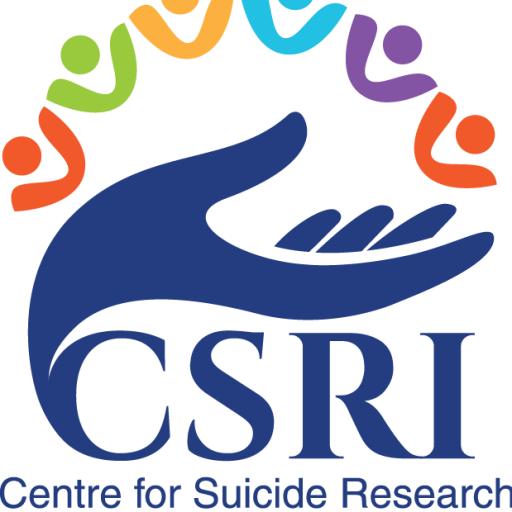Creating a Personalized Safety Plan Chart for Managing Self-Harm Urges
Self-harm is a complex issue that affects many individuals . It’s crucial for those struggling with self-harm urges to have a personalized safety plan in place to manage these urges effectively. A safety plan is a structured set of strategies designed to help individuals navigate moments of crisis or intense emotional distress. It typically includes coping techniques, support resources, and steps to take when experiencing self-harm urges. A well-designed safety plan empowers individuals to respond to difficult emotions in a healthy and constructive manner.In this article, we’ll explore how to create a personalized safety plan and provide guidance on implementing it effectively.
Safety plan chart
| Self-Reflection | Reflect on past self-harm episodes to identify patterns, triggers, and coping strategies that have been helpful in managing urges and reducing harm. |
| Identify triggers | Begin by identifying common triggers that lead to self-harm urges. These triggers could be specific emotions, situations, or thoughts that provoke distress. |
| Coping Strategies | Identify healthy coping mechanisms to use during times of distress, such as deep breathing exercises, mindfulness meditation, physical activity, or engaging in hobbies. |
| Distraction Techniques | List activities or distractions to turn to when experiencing urges to self-harm, such as listening to music, going for a walk, watching a movie, or playing a game. |
| Emergency Contacts | List trusted individuals to contact during a crisis, including family members, friends, therapists, or crisis hotlines. Include their names, phone numbers, and relationship. |
| Safe Environment | Identify safe spaces or environments where self-harm is less likely to occur, such as spending time with supportive friends, going to public places, or removing harmful objects. |
| Coping Cards | Create coping cards or notes with positive affirmations, coping strategies, and emergency contacts to carry with you for quick reference during moments of distress. |
| Aftercare Plan | Outline steps to take after engaging in self-harm, such as cleaning and dressing wounds, seeking medical attention if necessary, and reaching out for support from trusted individuals or professionals. |
| Selfcare practices | Incorporate self-care practices into your daily routine to promote overall well-being and resilience. This could include getting enough sleep, eating nutritious meals, and engaging in activities that bring joy and relaxation. |
| Regular Review and Update | Regularly review and update your safety plan as needed to reflect changes in triggers, coping strategies, or support resources. Keep it easily accessible in a visible location for quick reference during times of distress. |
Creating a personalized safety plan is an essential step in managing self-harm urges and promoting overall well-being. By identifying triggers, developing coping strategies, and accessing support resources, individuals can empower themselves to respond to distressing emotions in a healthy and constructive manner. Remember that self-care is a journey, and it’s okay to seek help from others when needed. With a well-designed safety plan in place, individuals can navigate moments of crisis with greater resilience and strength.

